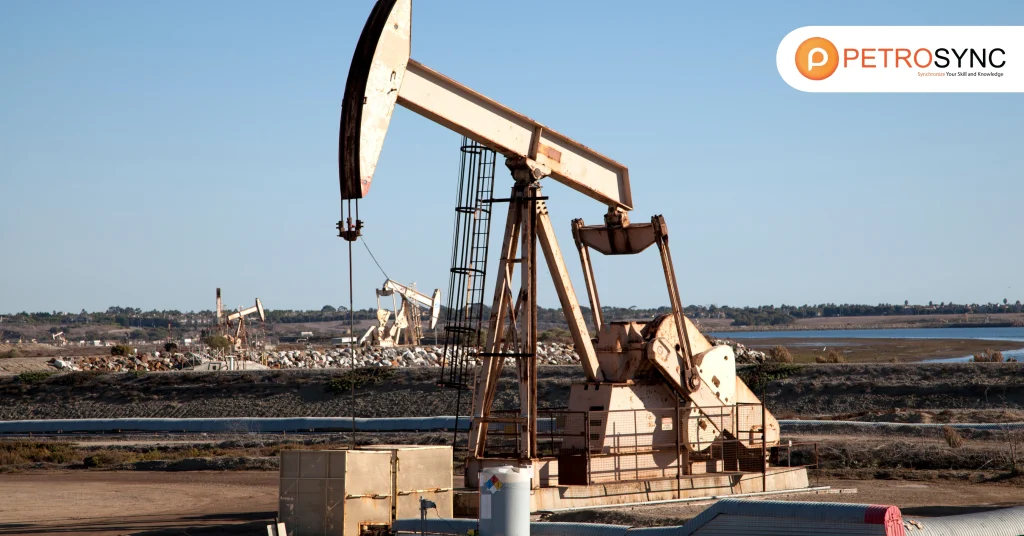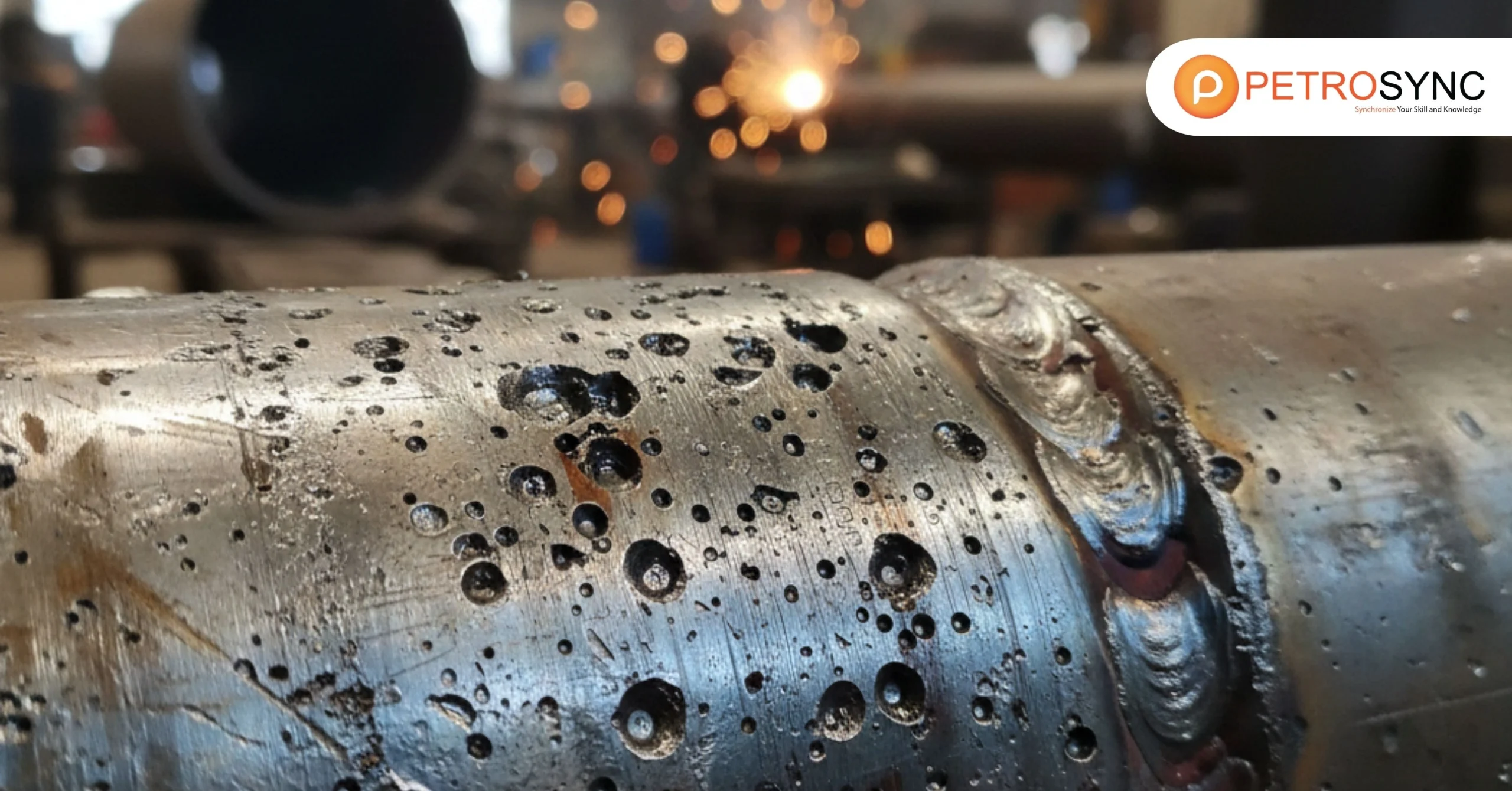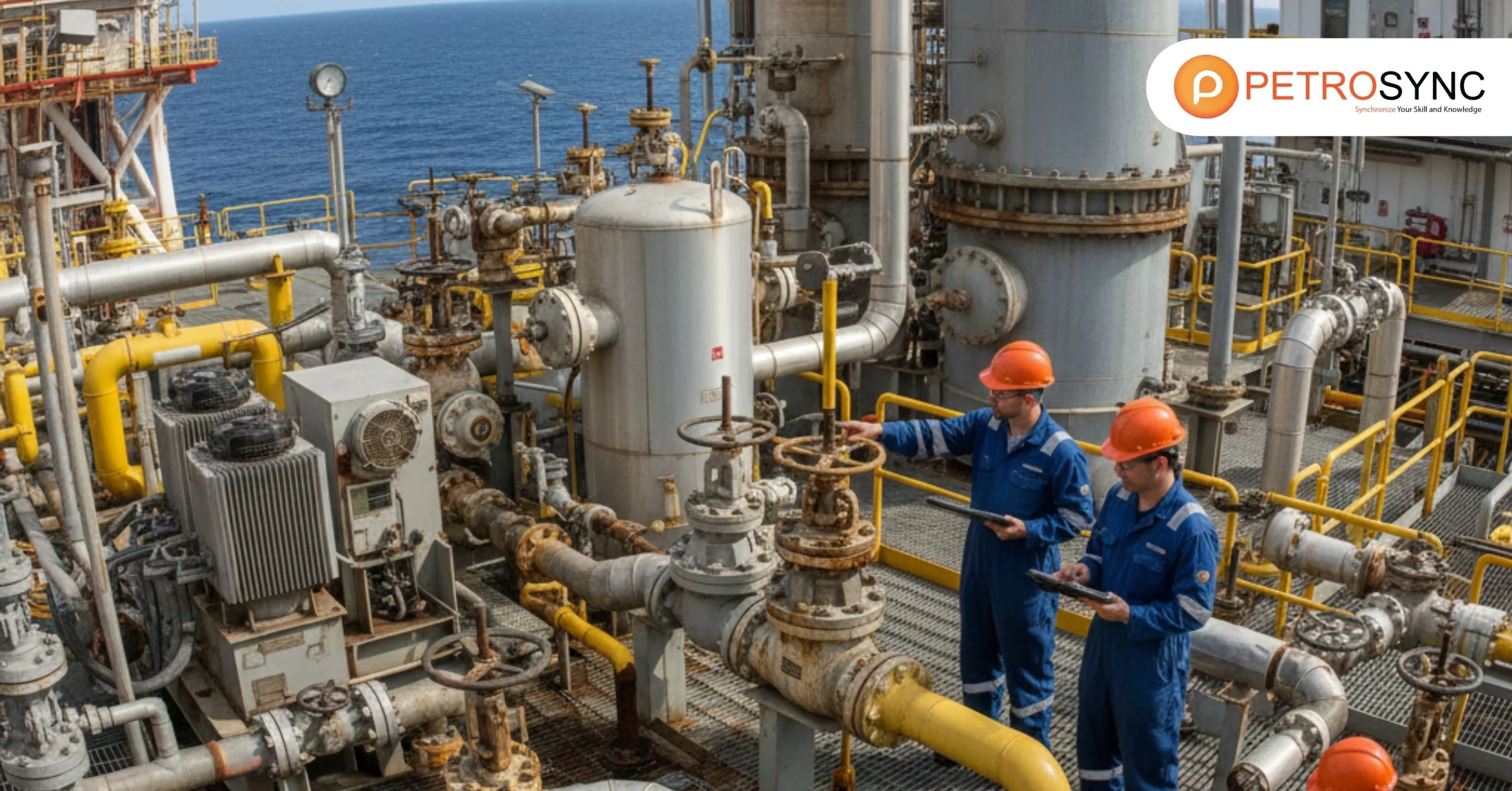Petroleum oil reservoir is like hidden treasure lies deep beneath the Earth’s surface, holding valuable reserves of oil and natural gas. In this article, let’s learn about how these reservoirs form, the different types, and how they are essential for meeting our energy needs.
What Is A Petroleum Reservoir?

A petroleum reservoir, which is a subsurface accumulation of hydrocarbons contained in porous or fractured rock formations, is like a big underground tank where oil and natural gas are stored. It is made of porous rocks, like sponges, that soak up the oil and gas. These reservoirs are usually found deep beneath the Earth’s surface, sometimes thousands of feet down.
Oil companies drill into these reservoirs to extract the oil and gas for use in things like fuel and plastics. They use special tools and techniques to tap into these reservoirs without causing harm to the environment. Once the oil and gas are brought to the surface, they are processed and refined into various products that we use in our daily lives, such as gasoline for cars, heating oil for homes, and even materials for making plastics.
What Are Some Types of Petroleum Oil Reservoir?
1. Standard Oil Reservoirs
These reservoirs hold oil that flows easily through porous rocks, making it relatively straightforward to extract. They are often found in sandstone or limestone formations and typically contain a mix of oil and natural gas.
2. Volatile Oil Reservoirs
In these reservoirs, the oil contains a high proportion of lighter hydrocarbons, which can evaporate more easily. This makes the oil more volatile and prone to vaporization during extraction and processing.
3. Dry Gas Reservoirs
These reservoirs primarily contain natural gas without significant amounts of liquid hydrocarbons. The gas is trapped in porous rocks, such as sandstone or shale, and is extracted for use in heating, electricity generation, and industrial processes.
4. Gas Condensate Reservoirs
Gas condensate reservoirs contain a mix of natural gas and liquid hydrocarbons, such as condensate. The gas is often found in combination with oil, and as the pressure and temperature decrease during extraction, the gas condenses into liquid form. These reservoirs require careful management to prevent the loss of valuable condensate during extraction.
5.Conventional Reservoirs
Conventional reservoirs are like the classic sources of oil and gas. They’re usually found in rocks that can hold and let oil and gas move through them easily. These rocks have traps that keep the oil and gas from escaping, like a lid on a jar.
6. Unconventional Reservoirs
Unconventional reservoirs are newer and trickier to get oil and gas from. They’re in rocks with tiny holes, so the oil and gas don’t flow as easily. One type is shale, where we use a method called fracking to break the rocks and release the oil and gas. Another type is tight rock, where the rocks are so dense that we need special drills to get the oil and gas out.
7. Offshore Reservoirs
Offshore reservoirs are under the ocean floor. They can be like conventional or unconventional ones, but getting to them is harder because they’re underwater. We use special platforms and systems to drill into the seabed and bring up the oil and gas.
8. Enhanced Oil Recovery (EOR) Reservoirs
Enhanced Oil Recovery (EOR) helps us get even more oil from reservoirs after we’ve already taken out as much as we can with regular methods. We might inject things like gases or chemicals into the reservoir to push more oil out. The purpose of EOR gives the reservoir a little extra push to squeeze out every last drop of petroleum.
How Does An Oil Reservoir Work?
Reservoirs are found using hydrocarbon exploration methods, which include techniques like seismic imaging, gravity surveys, and drilling test wells. These methods help geologists and engineers locate underground reservoirs and determine their size and potential for oil and gas extraction. However here’s how an oil reservoir works:
1. Formation
Oil reservoirs start forming when tiny plants and animals, called plankton and algae, die and settle at the bottom of ancient oceans. Over millions of years, these organic remains get buried under layers of sand, mud, and rocks.
Roy Nurmi, who works for Schlumberger oil field services, explains how oil forms:
Tiny plants and animals, like plankton and algae, live in the ocean. When they die, they sink to the ocean floor. Over time, layers of sediment cover them up. Under high pressure and heat, which starts at around 50 to 70 °C, they change into oil and gas. These liquids move through the rocks and become the oil and gas we find in reservoirs.
2. Transformation
As more layers pile up on top, the pressure and heat increase deep underground. This transforms the buried organic matter into oil and natural gas.
3. Trapping
The oil and gas move upward through the tiny spaces in the rocks, but they can’t always rise to the surface. Sometimes, they get trapped by layers of impermeable rock above them, forming what we call a reservoir.
4. Drilling
To access the oil and gas, we drill wells deep into the reservoir. The pressure difference between the surface and the reservoir helps bring the oil and gas up to the well.
5. Extraction
Once the oil and gas reach the surface, they are collected and sent to processing plants. Here, they are separated, cleaned, and turned into useful products like gasoline, diesel, and plastics.
6. Management
Managing an oil reservoir involves careful planning to maximize production while minimizing environmental impact. Engineers monitor the pressure and temperature underground to ensure efficient extraction and prevent leaks.
FAQs About Petroleum Oil Reservoir
1. What Is Reservoir Fluid Oil?
Reservoir fluid oil is the oil found in underground reservoirs beneath the Earth’s surface. It’s a mixture of liquid hydrocarbons, which are substances made up of carbon and hydrogen atoms. This oil is what we drill for and extract to use as fuel for things like cars, planes, and heating homes.
2. What Is The Difference Between An Oil Field and A Reservoir?
The main difference between an oil field and a reservoir is in their scope and definition. An oil field refers to a larger area that contains multiple oil and gas reservoirs. It includes all the wells, infrastructure, and facilities needed to produce oil and gas from those reservoirs. On the other hand, a reservoir specifically refers to an underground storage area where oil and gas are trapped within rocks. So, while an oil field encompasses multiple reservoirs, each reservoir is a smaller part of the overall oil field.
3. How Deep Are Oil Reserves?
Oil reserves can be found at varying depths beneath the Earth’s surface, ranging from shallow depths of a few hundred feet to much deeper depths of several thousand feet or even deeper. The depth at which oil reserves are located depends on factors such as geological formations, tectonic activity, and the specific characteristics of the reservoir.
In conclusion, petroleum oil reservoirs are crucial underground storage areas where oil and gas are trapped within rocks deep beneath the Earth’s surface. These reservoirs form over millions of years through the accumulation and transformation of organic materials. With careful exploration and extraction techniques, oil reservoirs provide valuable resources that power our world. Managing these reservoirs responsibly is essential to ensure sustainable energy production while minimizing environmental impact.
Join PetroSync Training to Enhance Your Skills and Expertise
PetroSync provides specialized training in upstream and drilling techniques. Through comprehensive oil and gas courses and workshops, PetroSync equips you with the knowledge and skills needed to effectively process and manage oil reservoirs.
These training programs cover various aspects of reservoir engineering such as Advanced Well Log Analysis and Interpretation, Coiled Tubing, Stuck Pipe Prevention, and Well Completion and Workover Training. By empowering you with advanced expertise, We believe we can contribute to the efficient and responsible development of oil reservoirs, ensuring sustainable energy production for the future.

Results-oriented and thorough SEO specialist with extensive experience in conducting keyword research, developing and implementing digital website promotion strategies and plans, managing campaigns to develop company websites in the digital world, excellent knowledge of marketing techniques and principles, and attentive strong attention to detail.







